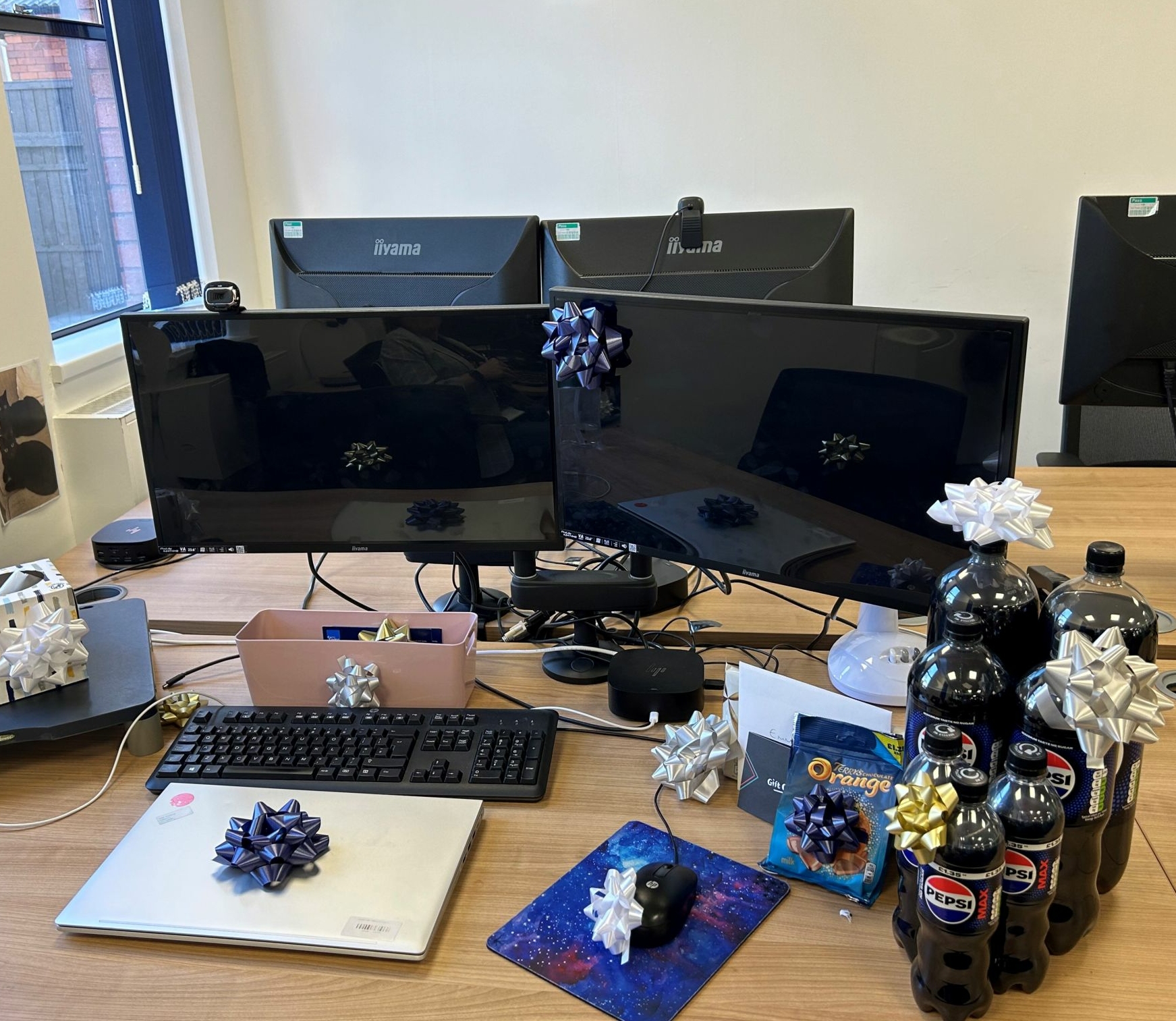As an employer, you should be creating a great experience for your employees from start to finish. An employee’s final day is just as important as the first, and even then, the Employee Lifecycle doesn’t end when they leave. They can become a strong advocate for your brand. And with boomerang employees coming back, it’s important you go your separate ways on a good note.
What is employee offboarding
Offboarding is not only the final opportunity to recognise your employees’ contributions to the business. It is also time to make sure you and your business are prepared for a change. Everyone keeps part of their role in their head, so having an effective handover period minimises any disruption.
What is the employee life cycle?
Recruitment
The application through to offer stage. The war for talent is on, a speedy thorough process is key to success.
Onboarding
Everything from the offer to the end of initial training. A bad onboarding can set a poor tone to the relationship, so keep up touchpoints to make your employee feel welcome.
Engagement
Once up to speed, employees want to be recognised for their contributions and ensure they are motivated by the direction of the business.
Development
After time employees become unconsciously competent. They need stretch and growth opportunities to continue to develop their skills and potentially get ready for a bigger role.
Retention
Putting focus on retaining key talent within the business is key. Understanding what motivates individuals is important. There is no cookie-cutter approach here.
Offboarding
Everything from resignation to last day. There should be as much focus on leaving as there is starting. Keep checking in with the offboarding employee.
Why is offboarding important in recruitment?
Your brand is one of the most important factors for people looking for their next role. With social media and platforms like Glassdoor being used by of job seekers, how your people speak about you has never been more important. Making sure that you handle the end of an employee’s tenure professionally and respectfully can motivate potential candidates to join your business.
Offboarding our People & Culture Advisor
Read how our Head of People and Culture, Jamie Smith, managed the offboarding of one of our colleagues.
Recently in my team, it happened. I had a resignation.
This didn’t come as a shock as I’d been speaking with Emma regularly about goals, ambitions and what was next. We’d candidly spoke about what that could look like, what additional exposure and development Emma could get in our business, but also what the limitations were.
During her time with us, she had completed her Level 5 CIPD through an Apprenticeship programme and had been involved in several key projects that were linked to Reward and Benefit, Learning and Development and Employee Engagement.
When Emma resigned, we recognised all the incredible things Emma had done and acknowledged that Emma was unconsciously competent in some areas. I’d been lucky that there were things Emma had always just done. I worked closely with Emma to create a working document that highlighted all the key pieces of information needed and this was a really helpful guide when onboarding our new starter.
I’d organised the standard card that the whole office signed but I also wanted to recongise Emma in a way that was meaningful to her. Emma would not have wanted to be stood up in front of everyone in the office giving a leaving speech for example. We had a pizza lunch, I got Emma a gift close to her heart, Pepsi Max – and a lot of it! – and a gift card.

Steps to a good offboarding experience
How to offboard an employee is very specific to you, your company, and the individual. Here are the basics to get you started:
- Don’t be caught off guard. Speak with your team regularly. This might help you retain employees through stay conversations or prepare for when their exit will be.
- If someone does resign, don’t take it personally. Seek their feedback as an opportunity to make positive changes for existing and future colleagues.
- Make a plan. Understand the employee’s workload, specific knowledge only they have, and agree a way to document and handover.
- Recognise! Celebrate all the incredible things the colleague has done for the business and wish them all the best in their new role.
- Keep in touch. It never hurts to check in. Changing roles is scary and who knows you may end up working together again.
Employee engagement and retention is hugely important. Getting the whole employee cycle from start to finish done right can be game changing. The people we work with know that our candidates hold a lot of value. By keeping them engaged even when you’re saying goodbye can save you a lot of time and money.





